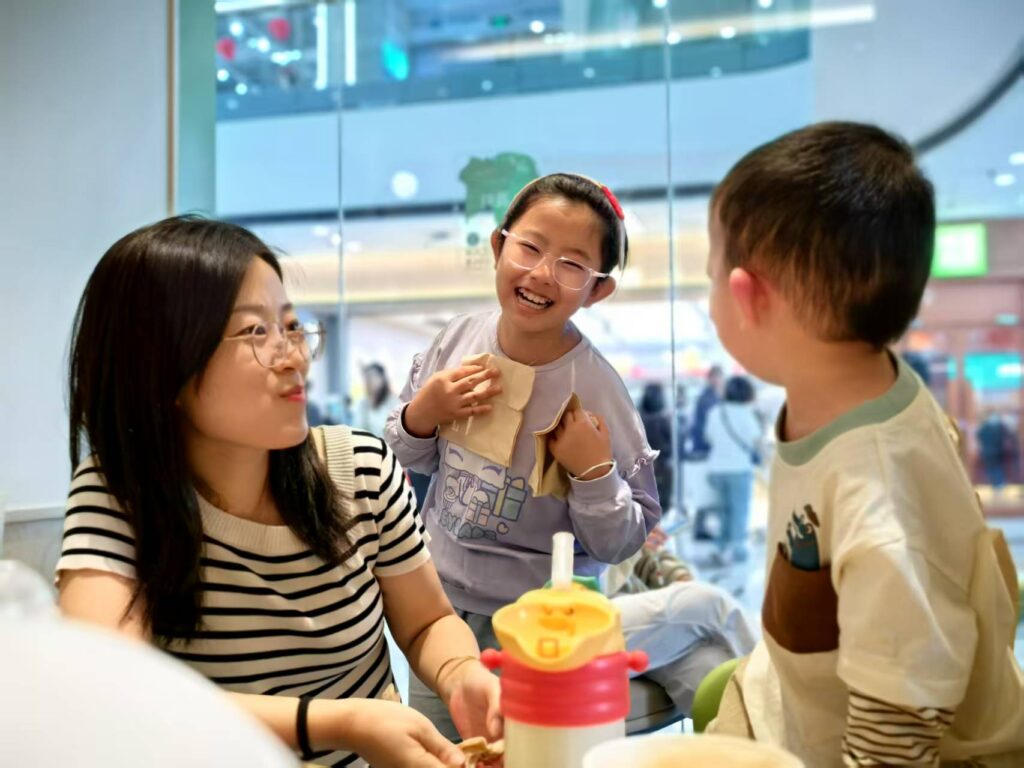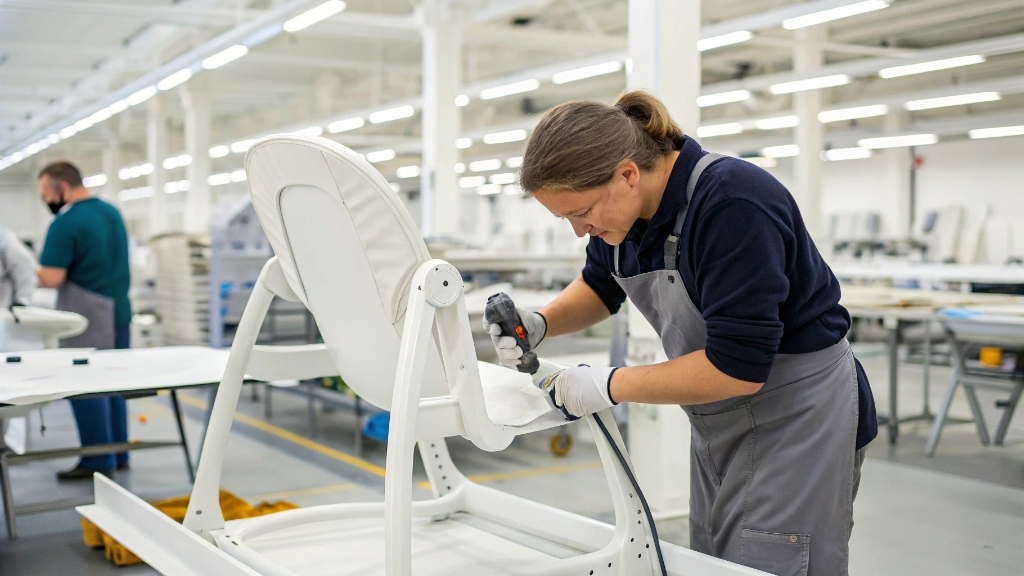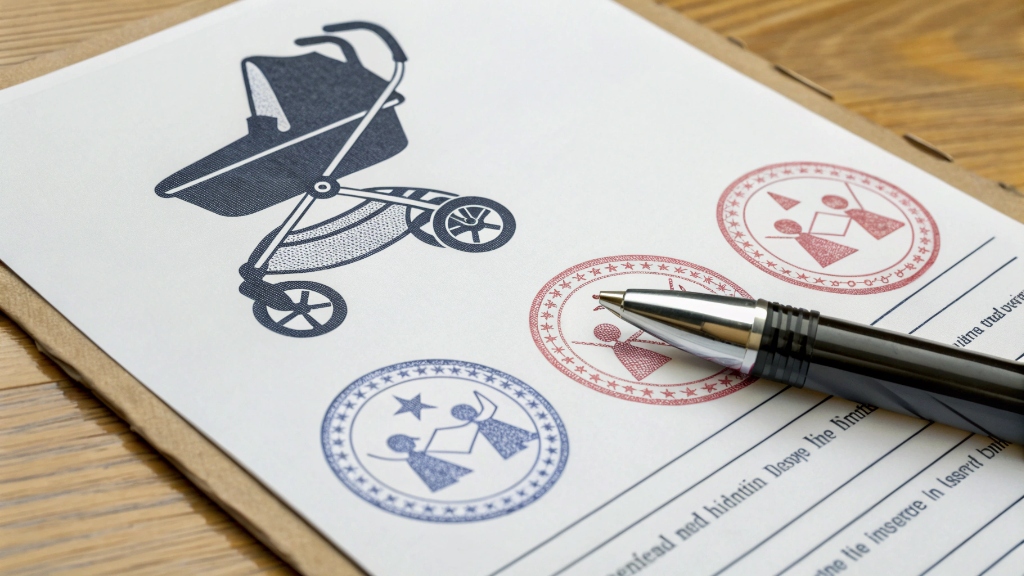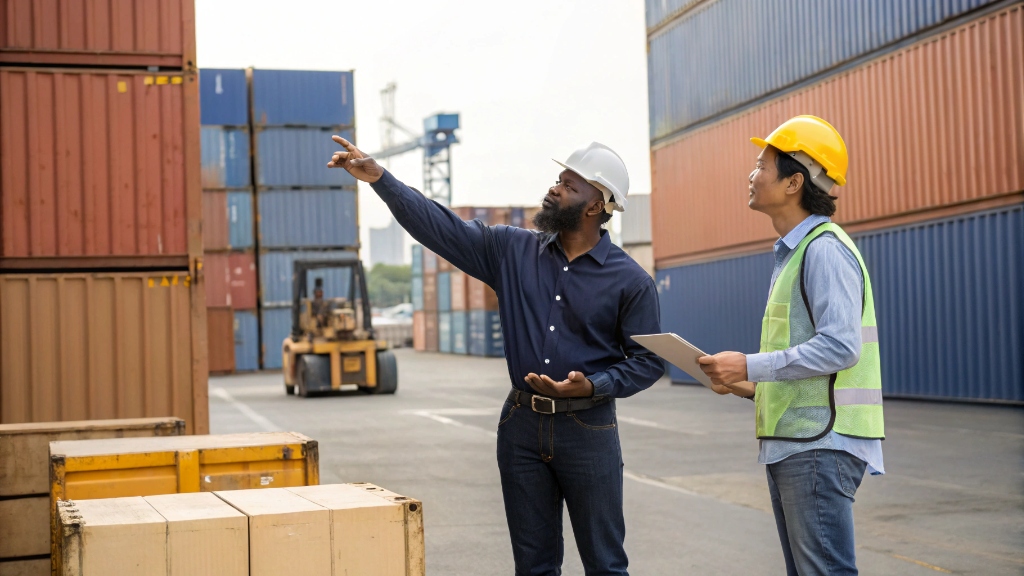Do you feel overwhelmed by the thought of importing baby strollers from China? It is common to worry about the complex process. Making mistakes can lead to costly delays or even legal issues. Understanding each step helps you avoid problems.
To import and ship baby strollers from China, you must first research import regulations and safety standards for your market. Then, you need to find a reliable supplier. You must also manage international logistics, including shipping methods and customs clearance. Quality control throughout the process is very important.
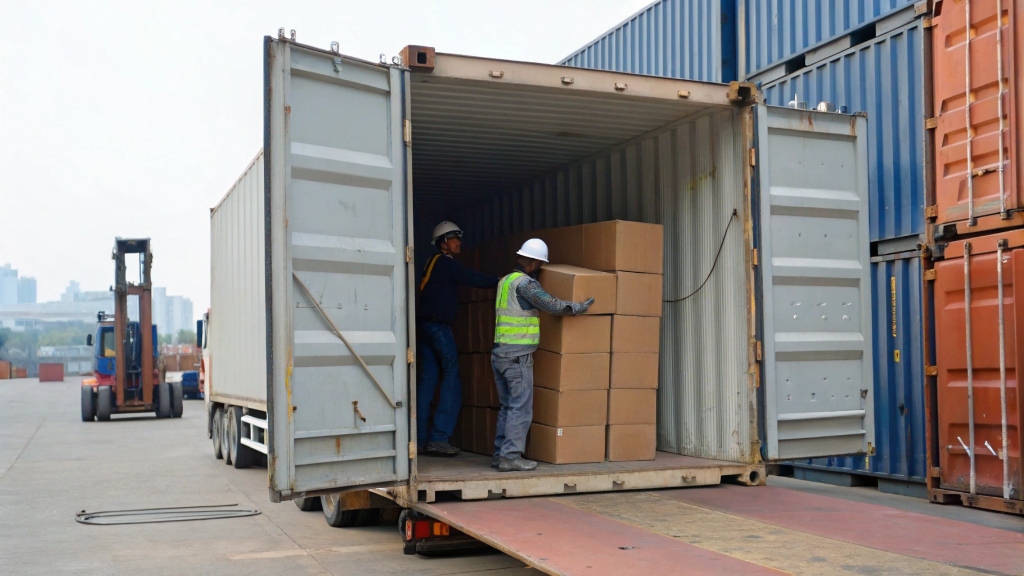
As a professional supplier of strollers and other children’s products, We Anhui Windmill Imp. & Exp. Co., Ltd.in China has been exporting for 20 years and is one of your best choices. We can provide you with professional advice and recommendations for our best-selling products..
What conditions or permits are required for import?
Are you unsure about the specific rules for importing baby strollers? Navigating international regulations can be confusing. Non-compliance might result in customs delays or hefty fines. Knowing the precise requirements helps ensure a smooth import process.
Importing baby strollers requires meeting specific product safety standards in your target market, such as CPSIA in the US or EN1888 in the EU. You will also need proper documentation, including a Commercial Invoice, Packing List, and Bill of Lading. Certain countries might require additional import permits or product-specific certifications.
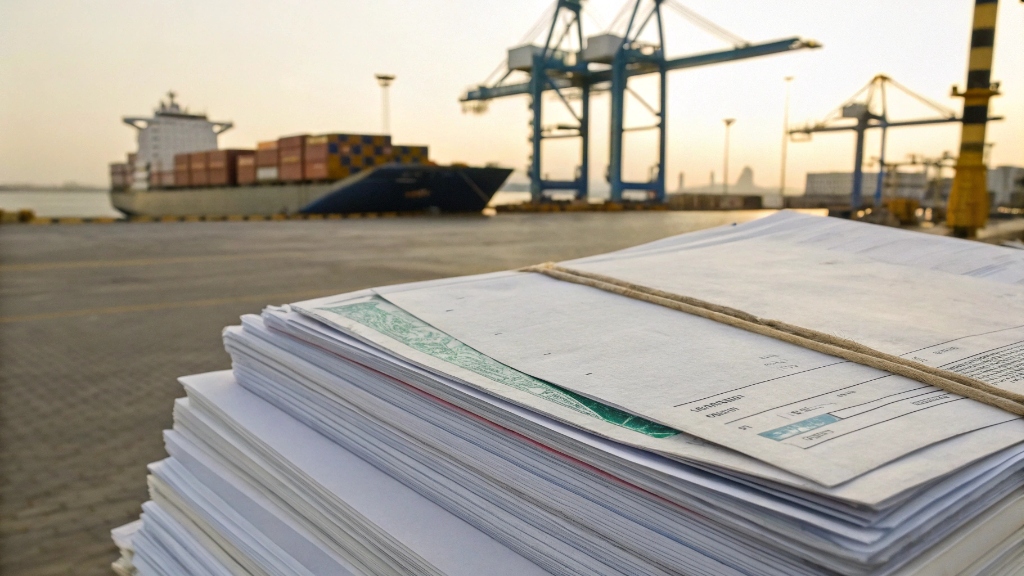
I recall one of our clients nearly having a shipment of children’s outdoor gear detained by customs. Their other suppliers provided incomplete documentation that didn’t meet the specific safety standards of their market. This incident proved that there’s no room for negotiation when it comes to strictly adhering to local regulations. Our company’s mission is to provide safe and reliable products that support children exploring the outdoors and embarking on adventures with their camping gear. This means that every product must meet the highest safety standards. We must also possess all the correct licenses and documentation. This meticulous approach ensures that our products reach families ready for adventure.
Understanding International Safety Standards
When you import baby strollers, product safety is the most important thing. Different countries have different standards. In the United States, the Consumer Product Safety Improvement Act (CPSIA) sets rules for children’s products. This includes limits on lead and phthalates. It also covers tracking labels. The American Society for Testing and Materials (ASTM) also has standards, like ASTM F833 for carriages and strollers. In the European Union, the main standard is EN1888. This standard covers safety requirements and test methods for wheeled child conveyances. It looks at things like stability, braking systems, harness strength, and material safety. It is very important that your supplier can provide test reports. These reports must be from an accredited third-party lab. The reports show that the strollers meet these specific safety rules. My company focuses on making sure children are safe while playing outside. We prioritize sourcing strollers that meet, and often exceed, these tough international standards. We want parents to trust our products. We want their children to enjoy the outdoors safely.
Specific Import Permits and Documentation
Beyond safety standards, you need specific documents to get your strollers through customs. The Commercial Invoice shows what you bought, how much it cost, and who bought it. The Packing List details what is in each carton. This includes weight and dimensions. The Bill of Lading (B/L) or Air Waybill (AWB) is the contract of carriage. It acts as a receipt for the goods and a title of ownership. You will also likely need a Certificate of Origin. This document states where the strollers were made. Customs uses this to determine duties and taxes. Depending on your country, you might need an Importer of Record (IOR) number. This identifies you as the responsible party. Some countries might have specific permits for children’s products. You must check with your customs broker or government import agency for your exact location. I learned that even a small error in documentation can cause big delays. This can cost a lot of money. So, I always double-check everything.
Ensuring Compliance: Testing and Certification
It is not enough to just know the standards. You must prove your products meet them. This means requiring your Chinese supplier to provide valid test reports. These reports should come from independent, certified testing labs. Labs like SGS, Intertek, or Bureau Veritas are well-known for this. They will test the strollers for things like strength, stability, brake effectiveness, and material safety. You should also consider pre-shipment inspections. An inspector can visit the factory. They will check the products before they leave China. This helps catch any quality or compliance issues early. It prevents problems from reaching your country. For my company, ensuring compliance is part of our brand promise. We want durable, safe gear for kids to explore. We do not just trust. We verify. This includes confirming all certifications are current and correct.
Labeling and Marking Requirements
Proper labeling is a key part of import compliance. Most countries require specific information on the product and its packaging. This often includes the Country of Origin (e.g., "Made in China"). You also need Warning Labels about potential hazards. For example, choking hazards for small parts or warnings about leaving a child unattended. Care Instructions are also important. The label might also need to include your company’s name and contact information as the importer. Some countries require specific symbols. For example, the CE mark for the European Union. You must ensure your supplier understands and applies these labels correctly. It is not just a legal requirement. It is also a way to build trust with your customers. They need clear information for safety and use.
| Requirement Category | US Market (Examples) | EU Market (Examples) | Common Documents (Global) |
|---|---|---|---|
| Safety Standards | CPSIA, ASTM F833 (strollers) | EN1888 (strollers), REACH (chemicals) | Third-Party Lab Test Reports |
| Labeling | "Made in China", Warning Labels, Tracking Labels | CE Mark, "Made in China", Warning Labels | Product Labels, Packaging Labels |
| Documentation | Importer of Record (IOR) | EORI number (Economic Operator Registration and Identification) | Commercial Invoice, Packing List, Bill of Lading/Air Waybill, Certificate of Origin |
| Testing | CPSC-approved lab tests | Accredited lab tests | Pre-shipment Inspection Reports |
What are the best shipping methods for baby strollers from China?
Are you wondering how to efficiently move heavy or bulky baby strollers from China to your warehouse? Choosing the wrong shipping method can lead to high costs or long delays. Selecting the right option ensures timely and budget-friendly delivery.
The best shipping method for baby strollers from China is typically sea freight for large, non-urgent orders due to its cost-effectiveness. Air freight is suitable for smaller, urgent, or high-value shipments that need fast delivery. Working with a reliable freight forwarder is essential to manage either method.
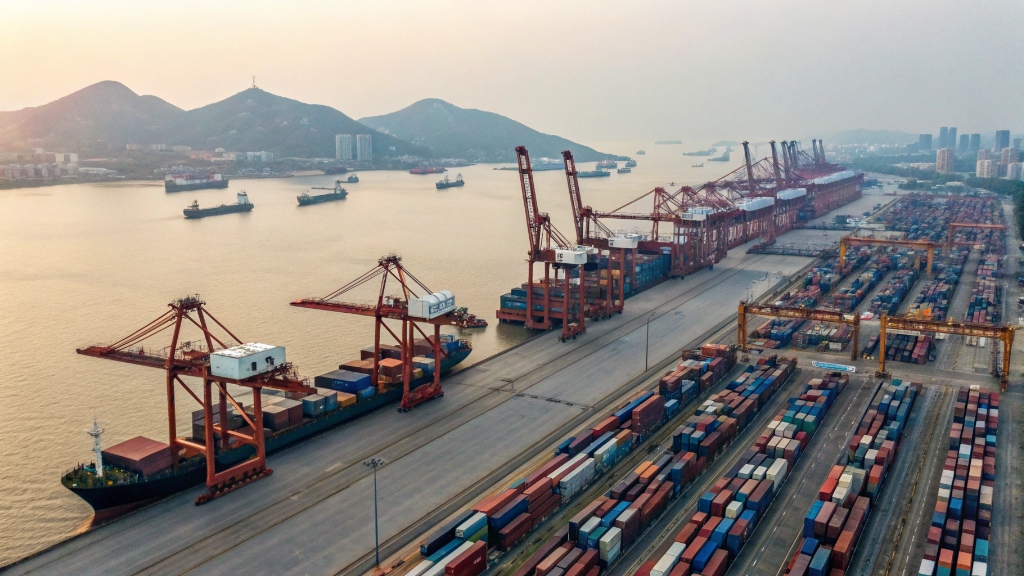
I have shipped many products over the years. I know that choosing how to ship is a big decision. The "best" method depends on your specific needs. My company focuses on providing outdoor gear and strollers for active kids. This means sometimes we need speed for new products. Other times, we need cost savings for large stock orders. I now weigh the costs versus the transit time for every shipment. This careful consideration helps us keep our inventory fresh and our costs controlled. It ensures our products are ready for families to take on adventures.
Sea Freight: The Cost-Effective Choice
Sea freight is usually the most economical option when importing baby strollers from China. This is especially true for large quantities. Strollers are bulky. They take up a lot of space. Shipping them by sea significantly lowers the per-unit shipping cost. You have two main options with sea freight:
Full Container Load (FCL): You lease an entire shipping container. This is great if your order is big enough to fill a 20-foot or 40-foot container. It is often faster than LCL. It also reduces the risk of damage. This is because your goods are not handled as much.
Less than Container Load (LCL): Your goods share space in a container with other companies’ goods. This is good for smaller orders. You pay only for the space your cargo takes up. But it can be slower. This is because there is extra time for consolidation and deconsolidation. There is also a higher risk of damage due to more handling. Sea freight transit times can range from 20 to 45 days. This depends on the origin and destination ports. It also depends on the shipping line. My company finds FCL ideal for our main stroller shipments. This helps us keep our prices competitive for our customers.
Air Freight: Speed and Urgency
Air freight is much faster than sea freight. It is usually the choice for urgent orders, samples, or high-value items where speed is critical. Transit times can be as short as 3 to 7 days. This includes customs clearance. However, air freight is significantly more expensive. Costs are based on both weight and volumetric weight. This means it might not be cost-effective for large, bulky items like many baby strollers. You might use air freight if you need to quickly restock a popular stroller. Or if you want to get a new product to market faster. It is also good for sending samples for approval. My company uses air freight sparingly. We use it for prototypes of new hiking strollers. We use it for emergency stock. This ensures we can respond quickly to market demands. But we always weigh the cost against the urgency.
Choosing the Right Incoterms
Incoterms (International Commercial Terms) define the responsibilities of buyers and sellers for the delivery of goods. They clarify who pays for what part of the journey. They also clarify who is responsible for the goods at each stage.
FOB (Free on Board): This is a common choice for importing from China. The seller is responsible for getting the goods to the port of shipment and loading them onto the vessel. You, as the buyer, take over responsibility once the goods are on the ship. You arrange and pay for the main freight.
EXW (Ex Works): The seller makes the goods available at their factory or warehouse. You, the buyer, are responsible for all costs and risks from that point onward. This includes loading, transport to the port, and all main freight.
CIF (Cost, Insurance, and Freight): The seller pays for the cost of the goods, insurance, and freight to your destination port. You take responsibility once the goods arrive at your port.
Understanding Incoterms is crucial for budgeting. It helps manage risks. I always make sure our Incoterms are clear in the purchase agreement. This avoids any surprises later.
The Role of a Freight Forwarder
A freight forwarder is a company that specializes in organizing shipments. They act as an intermediary between you and the various transportation services. This includes ocean carriers, airlines, and trucking companies. They can handle all aspects of the shipping process. This includes booking cargo space. They also prepare documentation. They manage customs clearance at both ends. They can also arrange for local delivery to your warehouse. Using a reliable freight forwarder is almost essential for importing from China. They have the expertise. They have the network to navigate complex logistics. They can often get better rates than you could directly. I consider my freight forwarder a key partner. They help me ensure our strollers arrive safely and on time. They handle the complex paperwork. This allows me to focus on other parts of my business.
Packaging and Protection
Baby strollers are bulky and can be delicate. Proper packaging is very important. It protects them during long transit times. Suppliers should use strong corrugated cartons. These cartons should be able to withstand stacking and movement. Individual strollers might also need internal packaging. This includes foam inserts or bubble wrap. This protects specific parts from impact. Waterproof wrapping is also wise. This protects against moisture. If you are shipping LCL, consider extra protective measures. This could include wooden crates. This is because there is more handling. Discuss packaging requirements with your supplier. Ensure they understand the importance of robust packing. This helps prevent damage. It reduces returns. It ensures customer satisfaction. My company insists on high-quality packaging. We want our outdoor strollers to arrive in perfect condition. They need to be ready for adventure.
| Shipping Method | Pros | Cons | Best For |
|---|---|---|---|
| Sea Freight | Cost-effective for large volumes, low carbon footprint | Slow transit times (20-45+ days), longer lead times | Large, non-urgent orders, bulk stock, heavy/bulky items |
| Air Freight | Fast transit times (3-7 days), good for urgent needs | Expensive, weight/volume restrictions, higher carbon footprint | Urgent orders, samples, high-value small items, new product launches |
| Incoterms | Clearly defines cost and risk responsibility | Can be confusing if not understood | Essential for all international transactions |
| Freight Forwarder | Expertise, network, saves time, better rates | Adds a service cost, requires good communication | Highly recommended for all import/export |
How do I find reliable baby stroller suppliers in China?
Are you struggling to find a trustworthy partner for sourcing baby strollers in China? The sheer number of manufacturers can be overwhelming. Partnering with the wrong supplier can lead to quality issues or financial losses. Finding a reliable supplier is crucial for your business success.
To find reliable baby stroller suppliers in China, you should utilize online B2B platforms like Alibaba and Made-in-China. Attending trade shows such as the Canton Fair also helps. Consider using a sourcing agent for local expertise. Always conduct thorough due diligence, including factory audits and checking certifications. Of course, choosing us directly is the most direct, convenient, and reliable option for you. Our 20 years of experience can provide you with the most professional service.
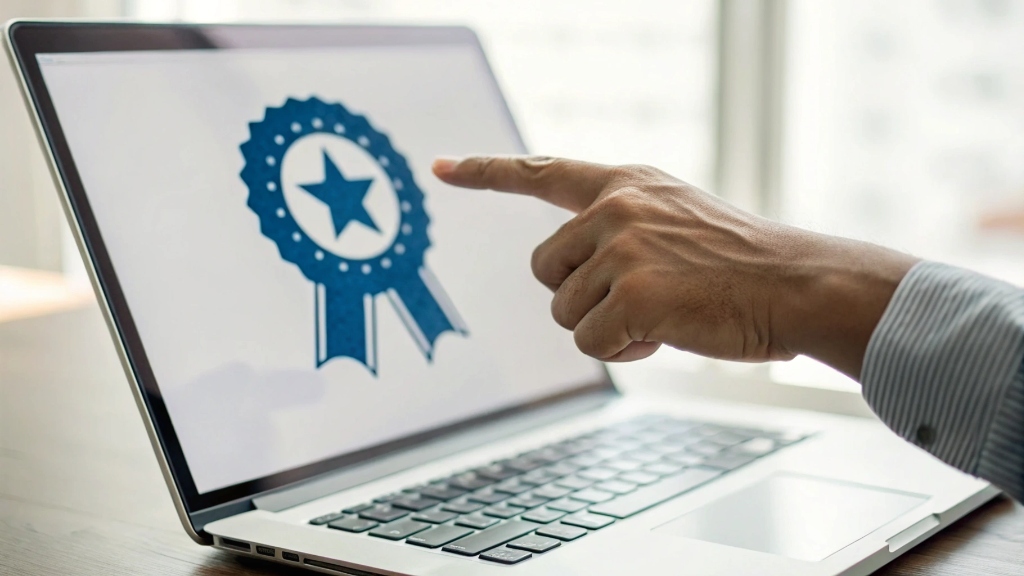
I have learned that finding the right supplier is the foundation of successful importing. My first few attempts involved simply searching online and picking the cheapest option. This often led to disappointing product quality. Or it led to communication issues. I quickly realized that trust and quality matter more than just price. My company provides durable outdoor gear for children. We believe in products that last. So, I needed partners who shared this commitment. This meant changing my approach. It meant investing time in vetting potential suppliers. It taught me that a good supplier is not just a vendor. They are a true partner in your business.
Online B2B Platforms
Online B2B (business-to-business) platforms are a common starting point for finding Chinese suppliers. Alibaba is the largest and most well-known. Made-in-China.com and Global Sources are also popular. On these platforms, you can search for "baby stroller manufacturer" or "infant pushchair supplier." Look for suppliers with:
- "Verified Supplier" or "Gold Supplier" badges: These indicate they have undergone some level of third-party verification.
- Good ratings and reviews: See what other buyers say about their products and service.
- Clear product listings: Look for detailed descriptions, clear photos, and compliance information.
- Trade Assurance: Alibaba’s Trade Assurance program protects your payments and ensures product quality.
Start by contacting several suppliers. Ask for quotes and product catalogs. Also, ask for samples. Always communicate clearly about your specific requirements. My company uses these platforms to identify potential partners. We check their credentials first. This helps us narrow down our options before deeper engagement.
Trade Shows: The Personal Touch
Attending trade shows in China is an excellent way to meet suppliers face-to-face. The Canton Fair (China Import and Export Fair) is the largest and most famous. As discussed earlier, baby products are in Phase 2. Other specialized fairs exist, like the China Kids Expo or CBME China (Children Baby Maternity Expo). These shows allow you to:
- See products in person: You can physically inspect the strollers. You can check their quality and features.
- Meet company representatives: You can discuss your needs directly. You can build rapport.
- Compare many suppliers quickly: You can visit many booths in a short time.
- Negotiate deals: You can often get better pricing or terms in person.
Meeting suppliers at a trade show gives you a much better feel for their company. It helps build trust. I have found some of my most reliable partners at these events. There is no substitute for a handshake and a direct conversation. It helps when you are looking for specific items like all-terrain strollers for active families.
Sourcing Agents: Your Local Eyes and Ears
A sourcing agent is a person or company based in China. They help you find suppliers. They manage the sourcing process on your behalf. They can be very valuable if you are new to importing. Or if you do not have much time. A good sourcing agent can:
- Find qualified suppliers: They use their local network and knowledge.
- Negotiate prices: They can often get better deals.
- Perform factory audits: They can visit factories to check quality and production capabilities.
- Manage quality control: They can oversee production and conduct inspections.
- Handle logistics: They can coordinate shipping.
- Translate and communicate: They bridge language and cultural gaps.
A sourcing agent charges a fee, usually a percentage of your order value. This cost can be worth it. They save you time and reduce risks. My company has used sourcing agents for niche products. This helped us navigate complexities. It ensured we got the durable, high-quality items we needed for our customers.
Due Diligence and Supplier Vetting
Once you have a list of potential suppliers, you must do thorough due diligence. This helps ensure they are reliable and capable.
- Request business licenses and certifications: Ask for their business registration. Check for relevant ISO certifications (quality management). Check specific product safety certifications (e.g., CE, ASTM).
- Ask for factory audit reports: Some suppliers will have these from third-party auditors. These reports show their production capabilities and quality systems.
- Request samples: Always order samples of the strollers first. Evaluate the quality, materials, and functionality.
- Communicate clearly: Ask detailed questions about production capacity, lead times, payment terms, and minimum order quantities (MOQs).
- Check references: If possible, ask for references from other international buyers.
I learned that due diligence is not a one-time task. It is an ongoing process. Building a strong, trusting relationship with your supplier is key for long-term success. It ensures you get consistent quality for all your products. It ensures the baby strollers you sell are safe and durable.
| Sourcing Method | Pros | Cons | Best For |
|---|---|---|---|
| Online B2B Platforms | Wide selection, easy to start, Trade Assurance protection | Can be hard to verify quality without samples, high competition | Initial research, finding basic suppliers, small to medium orders |
| Trade Shows | Face-to-face interaction, physical product inspection, direct negotiation | Costly and time-consuming travel, overwhelming | Vetting serious suppliers, building relationships, large orders |
| Sourcing Agents | Local expertise, language support, end-to-end management | Added cost, need to find a trustworthy agent, less direct control | New importers, complex products, saving time and reducing risk |
| Due Diligence | Ensures quality, compliance, and reliability | Requires time and effort, can be complex | Essential for all sourcing methods, prevents costly mistakes |
Conclusion
Importing baby strollers from China requires understanding regulations, choosing shipping methods wisely, and vetting suppliers. Prioritize safety standards and thorough documentation. Partnering with reliable freight forwarders and suppliers is key to success.After reading this article, are you overwhelmed with information? So choose us directly, and we’ll export products to you, saving you a lot of trouble.

